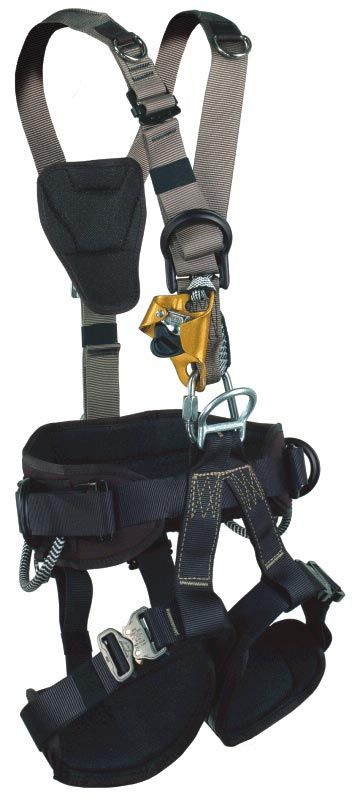When First Responders go into the field,
they must immediately assess the situation to determine what level of
risk they are dealing with. If the rescue is to take place at a height
where there are no other protective measures available, they must use
some type of tower rescue equipment like a fall arrest harness and rigging.
The Right Tools, The Right Training
Whether you are being lowered from a high
edge downward or lifted to the scene of the accident by a crane or
ladder, a fall arrest harness and rigging system are a must. The rigging
and harness must meet or exceed the standards put in place by OSHA to
ensure the responder is protected in case of a mistake or freak
accident.
Make Sure to Stabilize
During the rush of a rescue when time is
of the essence, it is mandatory that the rigging is stabilized. Once the
fall arrest harness is in place and the rigging is stabilized, then the
rescue can begin. Before lowering the first responder down to the
victim, it is imperative that the rigging is attached securely and
stabilized to prevent any unnecessary slipping.
Always Check the Rigging
While most fall arrest harnesses
have one primary piece that attaches securely to the rescuer. The
rigging is comprised of several pieces including, Dee-rings, pulleys,
stops, and hooks. Every time the rigging is used, it must be checked
thoroughly before being put back on the shelf. This ensures that each
time the rigging is needed all pieces are accounted for and in good
working condition.
Tower rescue equipment and fall arrest harnesses with rigging are true lifesavers. To use them effectively, it’s important to have the proper training for fall protection to understand their benefits, as well as their limitations. Call and schedule a class today!
The above sharing blog post as a reference of originally posted content @ source: https://technicalroperescue.wordpress.com/2018/01/05/tower-rescue-equipment-for-first-responders/

Comments
Post a Comment